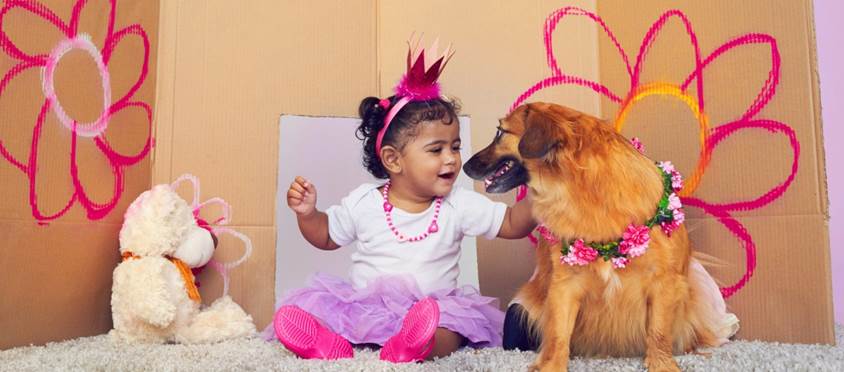
Nicole Keller, D.O.
Today I’m going to discuss a topic for tweens and teens, especially the athletes. Being active and involved in sports is a great way to stay healthy. But sometimes, the stress to do well in sports can encourage teens, coaches and parents to turn to supplements to optimize performance. Supplements can be part of a healthy, active lifestyle…but they have to be used in the right way. In this blog I have teamed with our sports medicine physician, Dr. Deepak Patel, to give you the background info on more commonly used supplements so you can decide what is best for your child.

Deepak Patel, M.D. is a board-certified family medicine and sports medicine physician with Rush-Copley Medical Group. He has convenient office locations in Aurora and Yorkville.
Protein supplements: Protein is taken by athletes to help enhance speed and strength and to increase muscle mass. Even so, research studies have shown that protein supplementation in general has not been shown to be of any benefit in regards to athletic performance. In addition to these findings, the majority of our everyday diets provide sufficient amount of protein for normal healthy children and adults without the need for extra supplementation regardless. This would also include athletes. Restrictive diets such as vegan or vegetarian may require some slight protein supplementation but only under certain circumstances. In athletes who are vegetarian or vegan and wish to gain muscle mass, Dr. Patel encourages consuming a plant based or some other dietary protein rather than a supplement. Protein intake just after weight lifting may aid in some slight increase muscle mass, but, that is a small benefit. Considering this, Dr. Patel typically encourages athletes who are not wishing to gain mass to avoid taking extra protein supplements especially shortly after strengthening workouts. Beyond the lack of benefit from these supplements, many protein supplements available contain added chemicals and nutrients, for which the safety and long-term effects may not be known. In regards to excessive protein intake, you can cause harm as well. For example, excessive amounts of protein can affect kidney function. Taking all of this into account, both Dr. Patel and I would encourage everyone to only take protein supplements with caution and under supervision (of a doctor or other health professional) and only if absolutely needed.
Creatine supplements: This is a common supplement taken by athletes and weight-lifters. It has been shown to produce a slight benefit in rapid short duration movements such as power lifting. Therefore for endurance athletes, such as runners, swimmers or soccer players, it is of little value. It has also been thought to increase muscle size and muscle gains for with weight lifting. Studies have shown that most of the weight gain is likely related to water weight than true muscle mass gained. In younger athletes there have been a few cases reported of muscle tears and ruptures which have been linked to creatine use. Once again, the risks of this supplement may outweigh the benefits in most athletes. Because of this, Dr. Patel and I would encourage you to use creatine with caution and to have it be taken only in specific athletes with a focused benefit in mind.
Supplemental vitamins and minerals: Many parents ask about taking a multi-vitamin or a specific vitamin in supplemental quantities. As mentioned when discussing protein, the typical American diet does offer us most of the vitamins and minerals that our bodies need to function properly. Eating a healthy, well-balance diet is the best way to assure you are getting enough of these micronutrients as well. New studies are starting to come out saying that many of us are over-doing vitamins, too. For the most part, if you get too much of a certain vitamin or mineral, your body will get rid of it (usually in urine). But, you can get too much of a good thing. With this in mind, I would recommend talking to your health care professional before starting a regimen of vitamins or minerals for your child. Calcium and vitamin D are both vitamins that typically are safe and healthy to take extra of, but, not every supplemental vitamin is this way. This also goes for the more natural supplements like ginseng and glucosamine. Many of these supplements are poorly studied and not as closely regulated which also questions their safety for everyday use.
If you or your child hear about a supplement that you think may be of benefit to them, come talk to us! We’d love to help your family stay healthy and educate you on the best vitamins, minerals, and supplements that may be good for you. Remember, a healthy balanced diet with five servings of fruits and vegetables each day is one of the best ways to give your body what it needs – without any need for additional pills or powders! I hope this helped clear some things up – thanks for reading!









